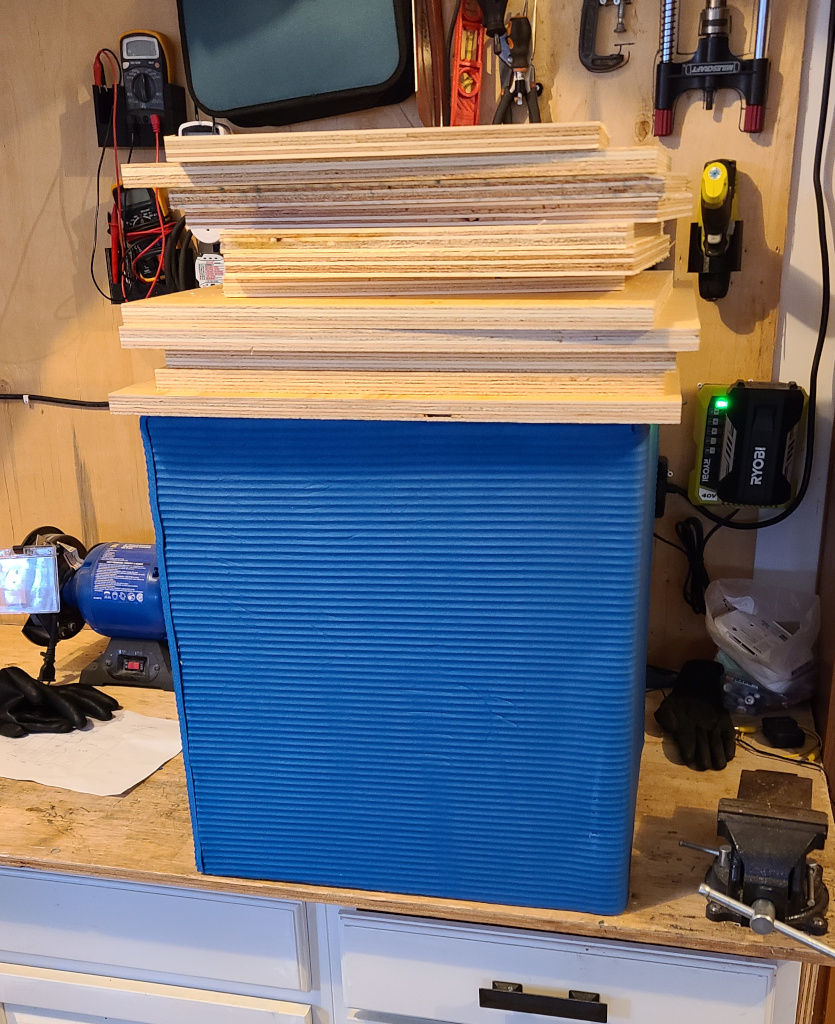
I was down with an ankle injury that kept me out of the Dojo for a bit. Somewhat obsessed with recovery while I couldn’t
do much physically, I used the time to read myself into recovery and training theory and discovered plyometrics – a
type of exercise that involves explosive movements like jumps, hops, and bounds. It seems this receives quite a bit of
focus in Crossfit and Gymnastics.
A simple tool to support such exercises is the famed Plyobox. A good branded one
becomes expensive fast – too expensive for a “simple” plywood box. You get the idea (source: Critical Bench).
While I was getting excited about it our built-in stove in the kitchen broke. It is a Bosch combination unit and needed
support to take it out as one person. I needed something to support it, like a “Plyobox”.
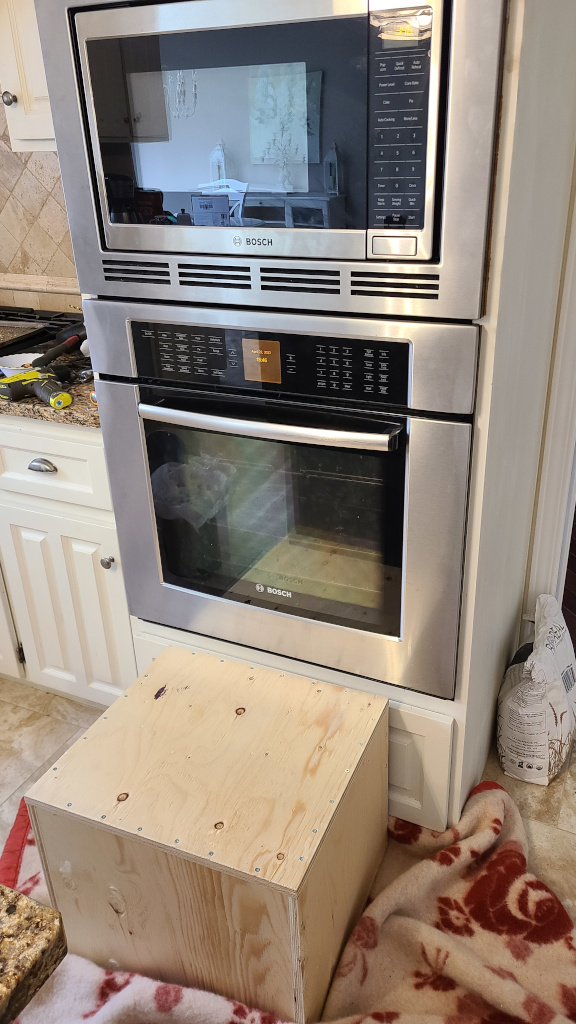
There is nothing better than fixing things around the house and inheriting a free piece of exercise equipment. My stove
clearance was 16 inches. So I opted to build a box that measured 16x18x22 inches. We got the cheapest 4 x 8 ft 3/4in plywood sheet
we could find at the local Home Depot. Luckily they provide cutting services, so we kept them quite busy.
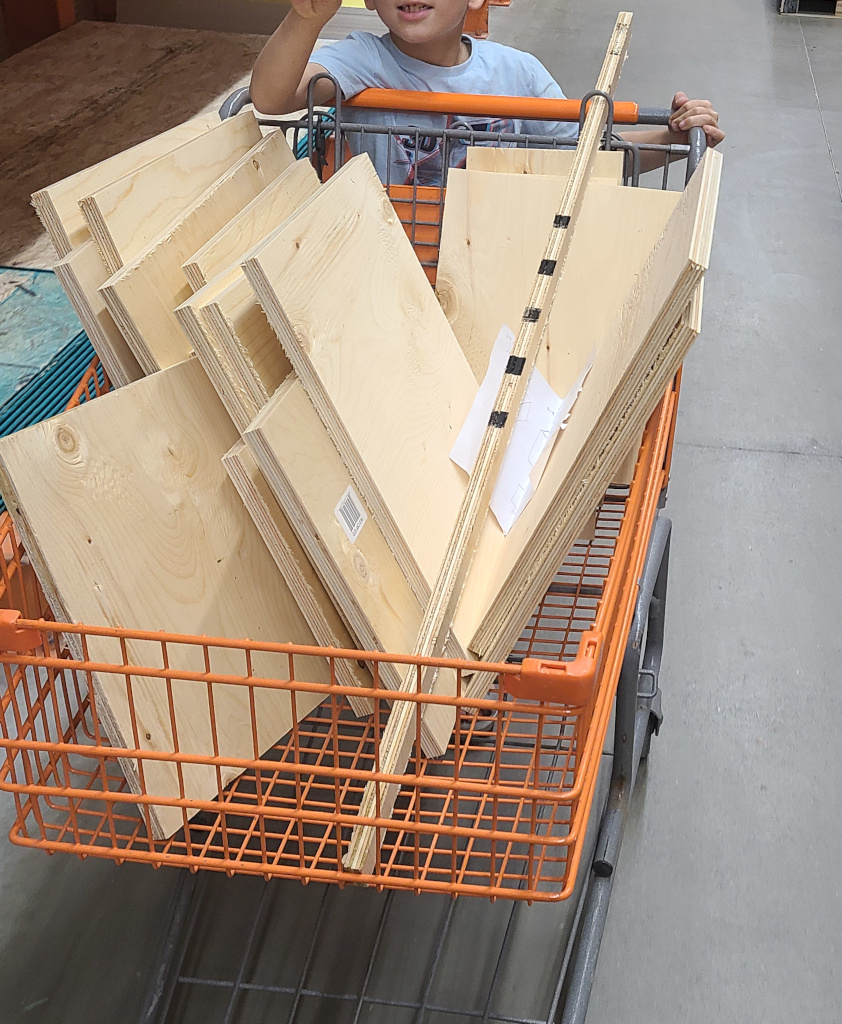
Long story short the stove got fixed during which the kitchen looked a bit like my embedded lab at work.
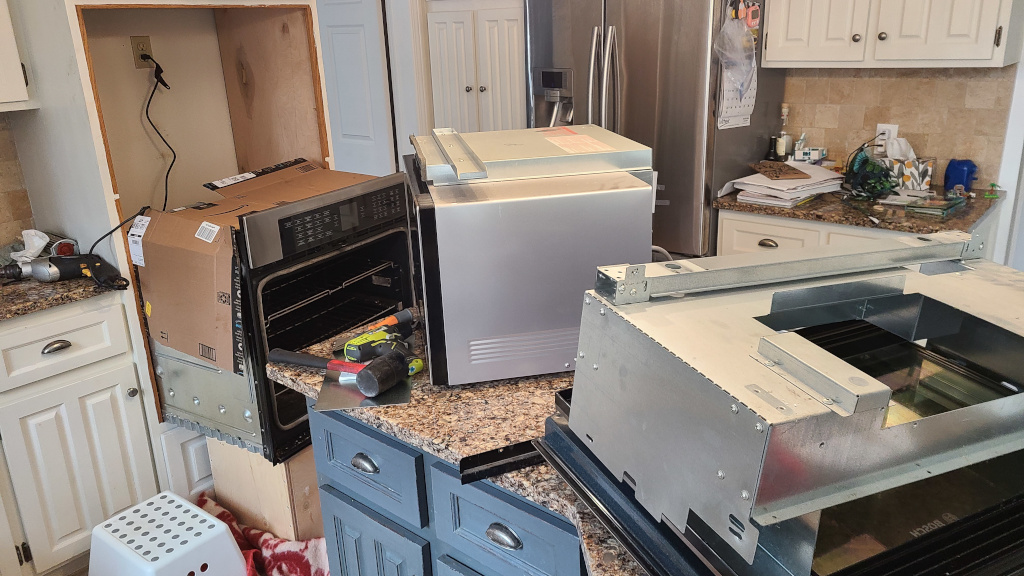
After this was done I decided to pad the box. Keeping the budget low, I decided to buy the cheapest Yoga mat I could
find and glue it to the sides with 3M-77. It was not a good fit for
all sides, so I left one side bare and filled up the other remaining side with cuts. Any gaps were be reinforced with
wide electrical or duct tape.
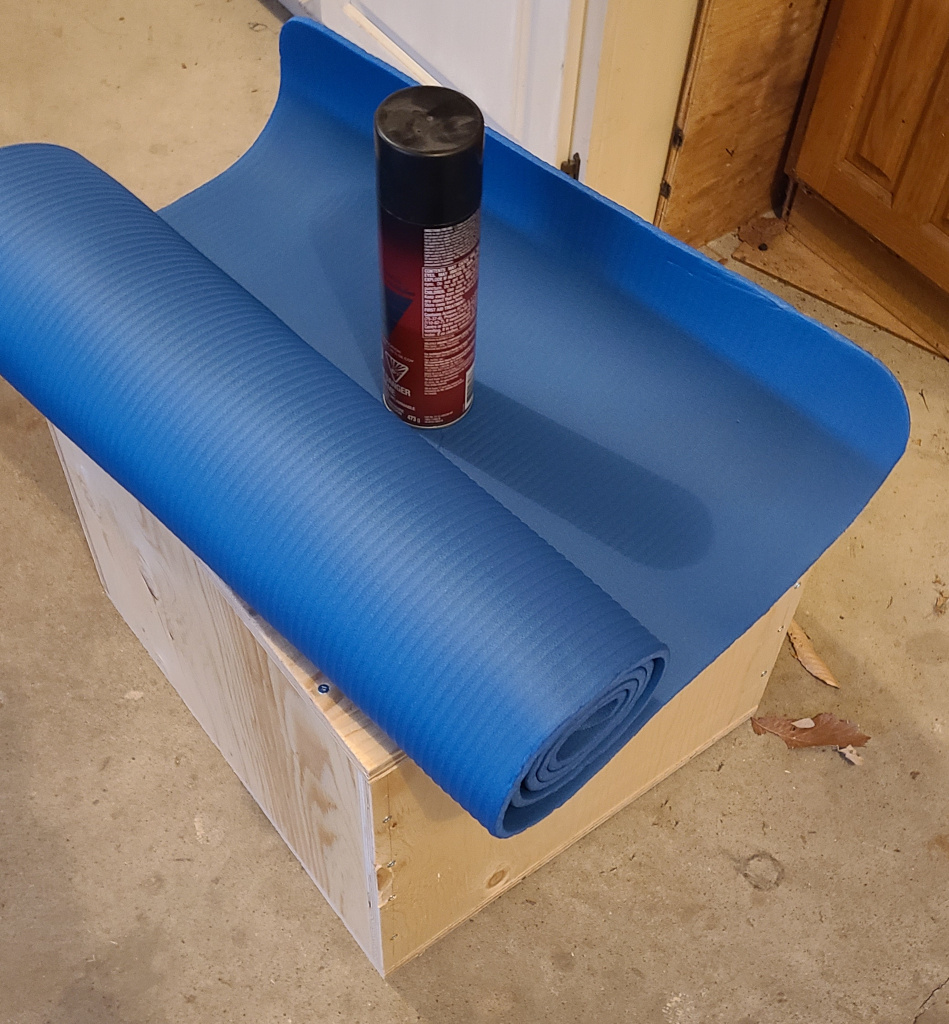
What I found was that plyometrics can be incredibly beneficial for improving athletic performance, including speed,
power, and agility. And when combined with stability exercises on a plyobox, they can also help prevent injuries by
strengthening the muscles and joints that support our movements.
Now, I know what you might be thinking – “But I can’t do pistol squats like Taylor May (a.k.a. Little Fitness) or other
advanced plyometric exercises.” And that’s okay! Plyometrics can be scaled and modified to meet your current fitness
level and abilities. Even someone like Bill Gates, who is known more for his work in technology than his athleticism,
has shown that there is no excuse to shy away from plyometrics.
In conclusion, don’t let setbacks or the fear of not being able to do advanced exercises hold you back from
incorporating plyometrics into your fitness routine. With some research, a bit of creativity, and a willingness to
challenge yourself, you can experience the many benefits of plyometrics and stability exercises on a Plyobox. Best of
all, you can easily build one using readily-available materials from the next building supply store. Now I can’t wait
for that 3M glue to dry…

2023-04-29
Updated : 2025-10-04
Not a spam bot? Want to leave comments or provide editorial guidance? Please click any
of the social links below and make an effort to connect. I promise I read all messages and
will respond at my choosing.